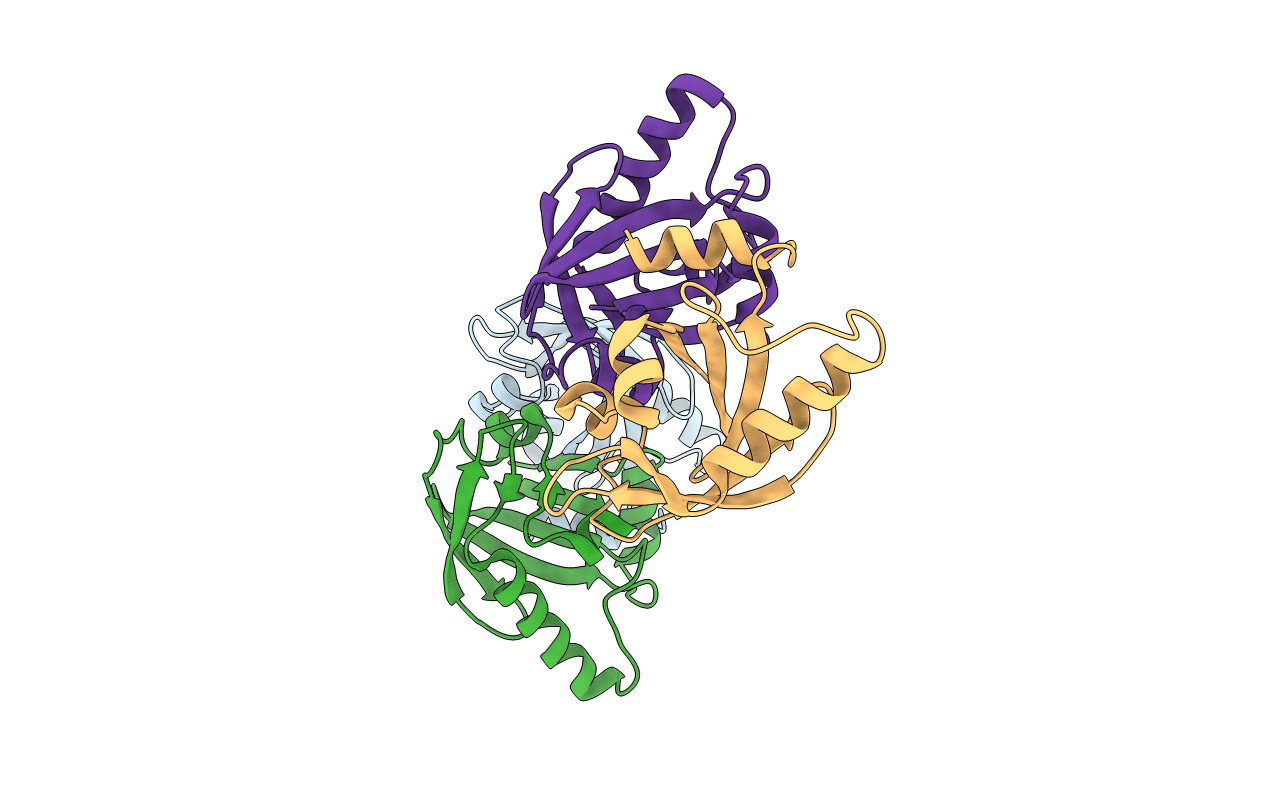
Deposition Date
2018-01-16
Release Date
2018-06-27
Last Version Date
2024-10-23
Entry Detail
Biological Source:
Source Organism:
Helicobacter pylori (Taxon ID: 85963)
Host Organism:
Method Details:


